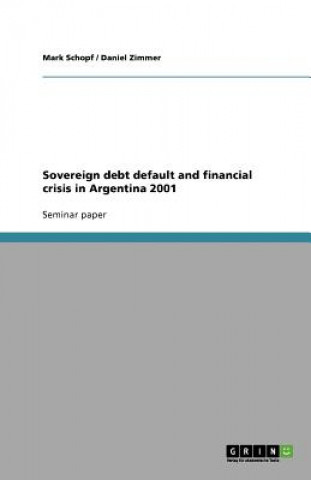
Kód: 01638992
Sovereign Debt Default and Financial Crisis in Argentina 2001
Autor Mark Schopf, Daniel Zimmer
Seminar paper from the year 2010 in the subject Economics - Economic Cycle and Growth, grade: 1,7, Otto-von-Guericke-University Magdeburg (Internationale Wirtschaft), course: Seminar on financial crisis, language: English, abstrac ... celý popis
- Jazyk:
 Angličtina
Angličtina - Vazba: Brožovaná
- Počet stran: 24
Nakladatelství: Grin Verlag, 2010
- Více informací o knize

Mohlo by se vám také líbit
-

Company Commander
524 Kč -

Tina, the Detective/Tina, la detective
222 Kč
Dárkový poukaz: Radost zaručena
- Darujte poukaz v libovolné hodnotě a my se postaráme o zbytek.
- Poukaz se vztahuje na celou naši nabídku.
- Elektronický poukaz vytisknete z e-mailu a můžete ihned darovat.
- Platnost poukazu je 12 měsíců od data vystavení.
Více informací o knize Sovereign Debt Default and Financial Crisis in Argentina 2001
Nákupem získáte 49 bodů
 Anotace knihy
Anotace knihy
Seminar paper from the year 2010 in the subject Economics - Economic Cycle and Growth, grade: 1,7, Otto-von-Guericke-University Magdeburg (Internationale Wirtschaft), course: Seminar on financial crisis, language: English, abstract: In order to understand the causes of the Argentine economic crisis one has at least to know something about the Plan Cavallo which was established in Argentina in the year 1991. At the end of the 1980s the country suffered from hyperinflation with prices increasing above 3000 percent per year. This currency crisis was accompanied by an accumulated decrease of GDP between 1988 and 1990 of about 10 percent. After several failed attempts to stop this development the newly appointed minister of economic affairs, Cavallo, established two laws which improved the situation. First, the Ley De Convertibilidad came into effect that fixed the exchange rate between the Argentine currency and the U.S. dollar. Second, the Ley de Carta Orgánica del Banco Central emerged which obligated the central bank not to finance budget deficits anymore. These two laws became generally known as the Plan Cavallo. The incentive was to reestablish confidence in the sense that Argentina would not inflate away its domestic debt anymore.The Plan Cavallo operated very well until the crisis with respect to two macroeconomic quantities: On the one hand, the exchange rate was kept constant at a one-to-one level towards the U.S. dollar. On the other hand, the inflation rate declined from still 84 percent in the year 1991 to 1.6 percent in the year 1995. Since then it was kept between -1.8 and 0.7 percent until the year 2000. Furthermore, a lot of privatization took place in the first half of the 1990s and the whole decade was characterized by an increase of foreign direct investment above 500 percent. Altogether, Argentina was a star country in the perspective of international organizations.Nonetheless, there were some erroneous trends. First, there was a real revaluation of the Argentine peso with respect to the U.S. dollar: While the nominal exchange rate stayed constant, prices in Argentina rose by 153 percent, prices in the United States only by 30 percent from 1991 to 2000. In other words, assuming that prices of export and import goods increased by the same relation, exports from Argentina to the United States doubled in prices while imports to Argentina from the United States halved in prices during this period. Second, the debt ratio increased from 38.8 percent in the year 1991 to 50.8 percent in the year 2000 despite the fact that GDP grew by 4.2 percent on average during this period. In other words, the Argentine government pursued a pro-cyclical policy in the considered period.
 Parametry knihy
Parametry knihy
Zařazení knihy Knihy v angličtině Economics, finance, business & management Economics Macroeconomics
488 Kč
- Plný název: Sovereign Debt Default and Financial Crisis in Argentina 2001
- Autor: Mark Schopf, Daniel Zimmer
- Jazyk:
 Angličtina
Angličtina - Vazba: Brožovaná
- Počet stran: 24
- EAN: 9783640765447
- ISBN: 3640765443
- ID: 01638992
- Nakladatelství: Grin Verlag
- Hmotnost: 41 g
- Rozměry: 216 × 140 × 2 mm
- Datum vydání: 02. December 2010
Oblíbené z jiného soudku
-
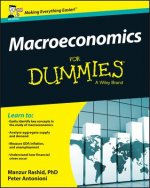
Macroeconomics For Dummies - UK
438 Kč -

Natural Resource and Environmental Economics
2458 Kč -
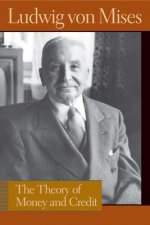
Theory of Money & Credit
399 Kč -

Blockchain Revolution
306 Kč -

Digital Gold
306 Kč -

Business Cycles
344 Kč -

Cartoon Introduction to Economics Vol 2
422 Kč -
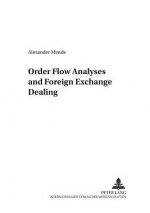
Order Flow Analyses and Foreign Exchange Dealing
1201 Kč -

Euro Area and the Financial Crisis
1867 Kč -

Philosophy of Money
719 Kč -

Great Escape
438 Kč -

Macroeconomics, Global Edition
2376 Kč -

Macroeconomics, Global Edition
2293 Kč -

History of Money
321 Kč -
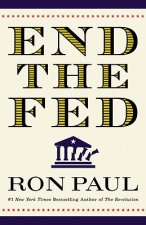
End The Fed
394 Kč -

All About Forex Trading
452 Kč -

History of Money
1587 Kč -

Golden Fetters
1897 Kč -

Between Debt and the Devil
467 Kč -
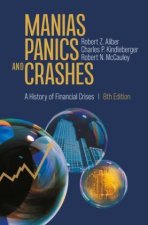
Manias, Panics, and Crashes
739 Kč -

Business Cycles
404 Kč -

Euro and the Battle of Ideas
789 Kč -

End of Money
385 Kč -

Good Money
360 Kč -

Good Money
344 Kč -
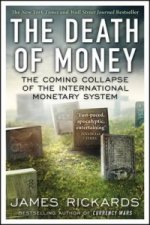
Death of Money
303 Kč -

When Money Destroys Nations
351 Kč -
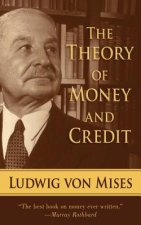
Theory of Money and Credit
300 Kč -

Saving Capitalism
276 Kč -
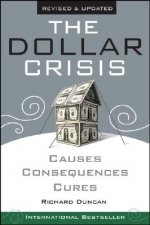
Dollar Crisis, Causes, Consequence, Cures Revised and Updated edition
812 Kč -
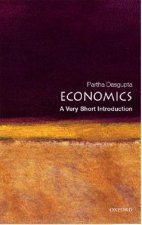
Economics: A Very Short Introduction
249 Kč -
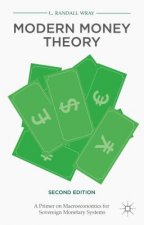
Modern Money Theory
2283 Kč -

Cryptocurrency
303 Kč -

Advanced Macroeconomics
3133 Kč -
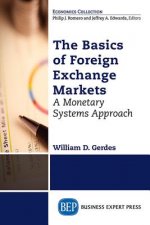
Basics of Foreign Exchange Markets: A Monetary Systems Approach
273 Kč -

Monetary Theory and the Trade Cycle
429 Kč -

Why Most Things Fail
357 Kč -
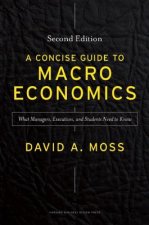
Concise Guide to Macroeconomics, Second Edition
758 Kč -
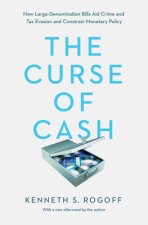
Curse of Cash
447 Kč -

International Macroeconomics
2232 Kč -

Little Book of Currency Trading
570 Kč -

Contours of the World Economy 1-2030 AD
1717 Kč -
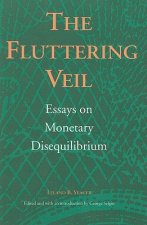
Fluttering Veil
420 Kč -

Forex Trading Secrets: Trading Strategies for the Forex Market
1105 Kč -

How to Build a GPU Mining Rig to Mine Bitcoin, Monero, Ether, Zcash, and other Cryptocurrenices
384 Kč -
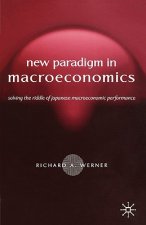
New Paradigm in Macroeconomics
4722 Kč -

Before the Industrial Revolution
629 Kč -

Evolution or Revolution?
755 Kč -
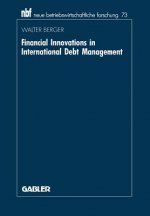
Financial Innovations in International Debt Management
1681 Kč
Osobní odběr Praha, Brno a 12903 dalších
Copyright ©2008-24 nejlevnejsi-knihy.cz Všechna práva vyhrazenaSoukromíCookies



 Vrácení do měsíce
Vrácení do měsíce 571 999 099 (8-15.30h)
571 999 099 (8-15.30h)